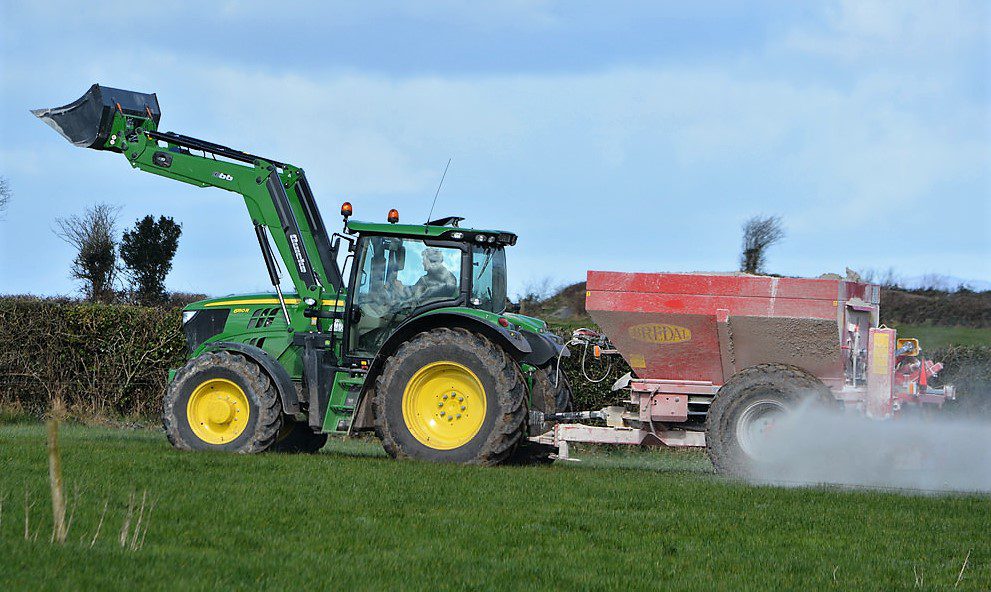The power of lime is often underestimated on beef farms in Ireland. By correcting soil pH, it has the potential to increase grass production by unlocking nitrogen (N) and soil phosphorus (P).
Soil pH has a major effect on soil nutrient availability and farmers should aim to maintain mineral soils at pH levels of 6.3-6.5; peaty soils should have a pH of 5.5-5.8.
Speaking at BEEF 2018, Teagasc’s Mark Plunkett outlined the benefits and returns that farmers can avail of by correcting soil pH. He also highlighted that 70% of the 200,000 soil tests carried out each year in Ireland are deficient in lime.
He said: “Lime is the most underutilised and the most cost-effective nutrient in Ireland. It costs €20-25/t and farmers can increase grass production massively just by getting the pH right.”
Research from Moorepark and Johnstown Castle indicates that by increasing soil pH from 5.2 to 6.4 – and using only lime – an average grass production response of 1t/ha was achieved. This – Teagasc says – is worth €105/t.
Continuing, Mark said: “There are two reasons why we can grow more grass when we are at the right pH; there are loads of nutrients locked up in Irish soils.
“By correcting pH, farmers can release two bags of N every year; that’s approximately 50un of free N. Secondly, it increases the availability of phosphorus; by getting the pH right, farmers can unlock the phosphorus in the soil.”
Mark added: “Farmers planning on reseeding should note that it is very important to set up the platform in terms of soil fertility; get the pH right first.”
Mark estimated that approximately half a tonne of lime per acre per year is lost depending on the location of the farm. Therefore, he said, soil tests should be taken every five years and ground limestone should be spread based on these results.
Lime can be spread at anytime throughout the year and livestock can graze pastures once it has been washed off the herbage.
“Seven days should be left between applying slurry/urea and applying lime. However, if farmers spread lime first, slurry/urea should not be applied for three months; the type of N in slurry and urea can be lost if applied to freshly-limed soils,” he concluded.

